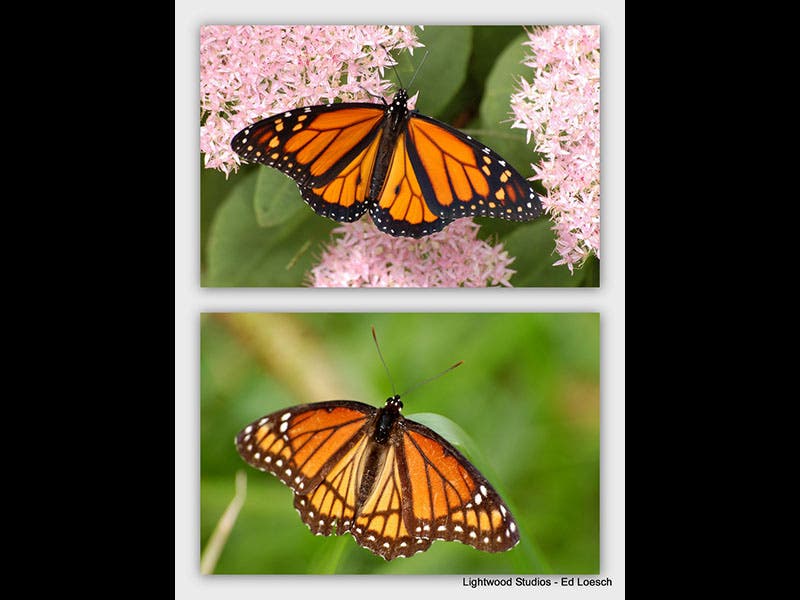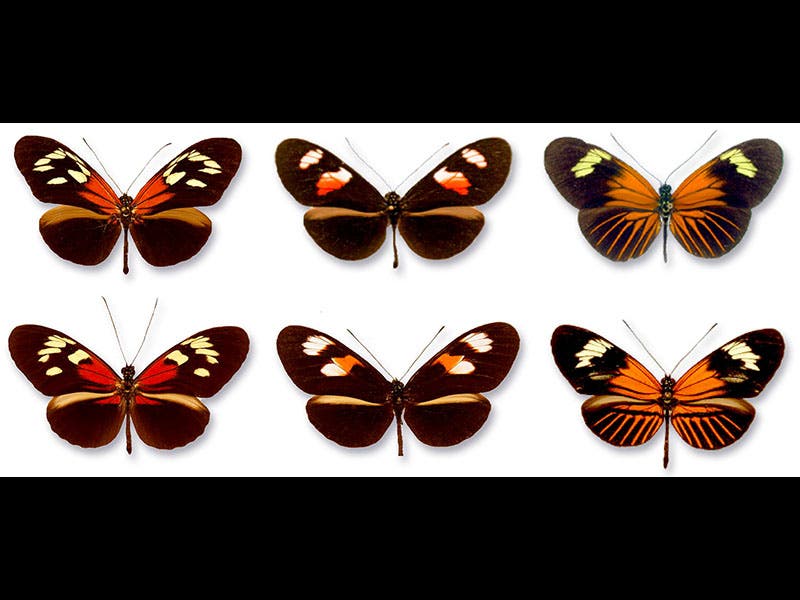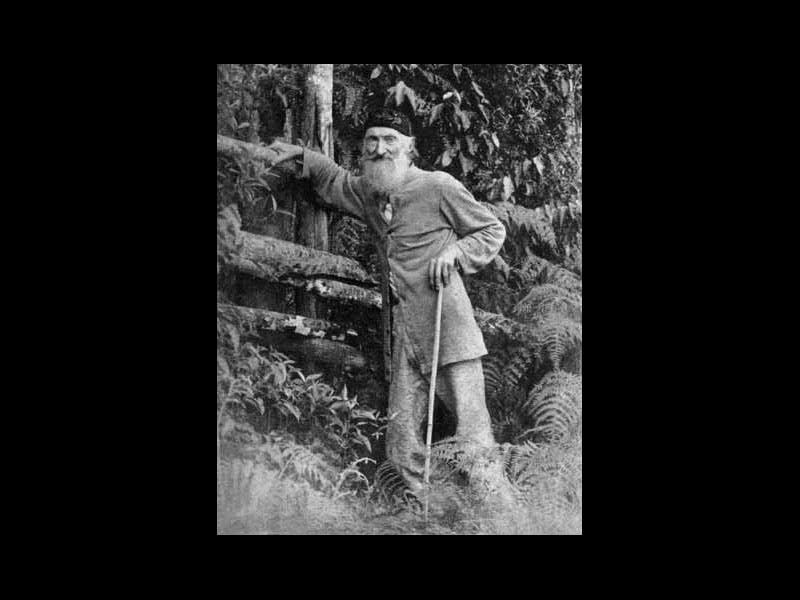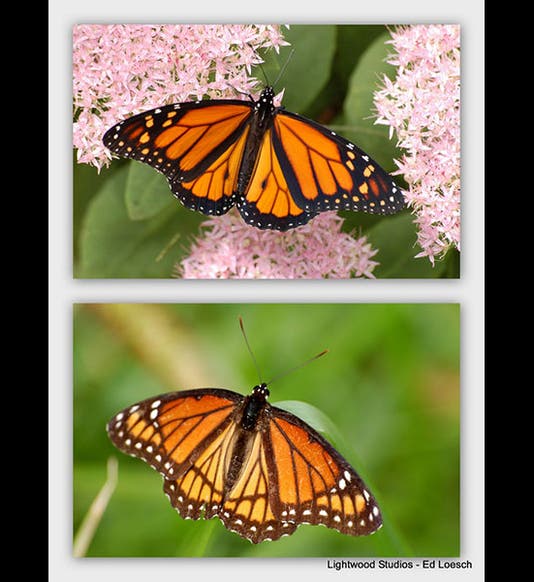Scientist of the Day - Fritz Müller



Johann Friedrich "Fritz" Müller, a German entomologist, was born Mar. 31, 1822. In 1852, Müller moved to the south Brazilian community of Blumenau, a mecca for German emigrants, and he spent the rest of his life in the tropics, studying mainly insects. Müller identified a new kind of mimicry in insects that is best explained on Darwinian evolutionary principles. His predecessor in South America, the Englishman Henry Walter Bates, had discovered the first kind of mimicry, where a palatable insect evolves to resemble an insect that is noxious to predators, and thus comes to be protected by its look-alike's bad taste. This is now called Batesian mimicry; the classic example is, or used to be, the Viceroy butterfly, which closely resembles the Monarch butterfly, which is poisonous to birds (first image above; the Monarch is at the top). But more on this in a moment.
Müller discovered a different form of mimicry, where two noxious and unrelated species come to resemble each other, so that each benefits from the other’s unpalatable taste. It was discovered in 1991 that the Viceroy butterfly is far from tasty, and is even more repellant to predators than the Monarch. So the Viceroy and Monarch are now the new classic examples of Müllerian mimicry. The examples that Müller himself offered were Heliconius butterflies, many of the species of which are dead ringers for other species of the same genus (second image) The top row of the image shows one set of species of Heliconiuis; the bottom an entirely separate set of species.
The most commonly seen photograph of Müller in South America shows him in his late 70s (third image). What you can't see are the bare feet, which carried him through the jungle for 40 years.
Dr. William B. Ashworth, Jr., Consultant for the History of Science, Linda Hall Library and Associate Professor, Department of History, University of Missouri-Kansas City. Comments or corrections are welcome; please direct to ashworthw@umkc.edu.






